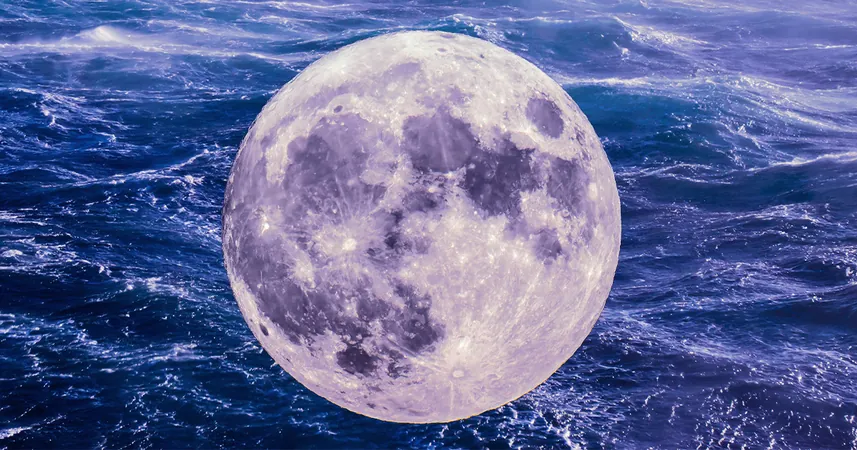
Groundbreaking Discovery: Water Found Across the Moon – What This Means for Future Lunar Missions!
2024-09-23
In an astonishing revelation, scientists have uncovered evidence indicating that water may be present all over the Moon, including regions previously thought to be barren. This groundbreaking discovery was made possible through extensive analysis of lunar mineralogy maps by researchers from the Planetary Science Institute.
The team utilized data collected by India's Chandrayaan-1 spacecraft during its mission from 2008 to 2009, which provided detailed maps of the Moon’s surface. Surprisingly, these maps suggest that even the brightest and sunniest areas of our celestial neighbor are rich in water molecules, defying earlier beliefs that water was primarily located in shadowy polar craters.
Roger Clark, the senior scientist at the Institute and lead author of a study published in the Planetary Science Journal, expressed excitement over the findings: "Future astronauts may be able to find water even near the equator by exploiting these water-rich areas. Previously, it was thought that only the polar regions had significant water deposits."
The key to this discovery lies in the advanced imaging spectrometer aboard the Chandrayaan-1, which detected unique color signatures associated with water and hydroxyl molecules (OH). Unlike traditional cameras that capture a limited spectrum, this sophisticated technology identified 85 colors across both the visible and infrared spectrum.
Interestingly, the research indicates that while water is present in many areas, the volcanic impacts known as lunar mares show significantly less water concentration. Another fascinating aspect of the study reveals that debris from meteoric impacts tends to be richer in hydroxyl than in H2O, hinting at a process where exposed subsurface water may evaporate, leaving behind hydroxyl as a residue.
Clark further elaborated, "We see a lunar surface with complex geology, with substantial water located beneath the surface and a covering of hydroxyl. The cratering and volcanic activities bring these water-rich materials to the surface," suggesting a dynamic interaction between geological processes and water storage.
These insights have exciting implications for future lunar colonization efforts, as astronauts may have the opportunity to extract water by heating lunar rocks. The ability to locate and utilize water on the Moon could dramatically enhance the sustainability of long-term human presence on the lunar surface.
In essence, understanding the distribution of water not only sheds light on the Moon’s geological history but also paves the way for future explorers seeking to establish a foothold on the Moon. This discovery definitely heightens the stakes for upcoming lunar missions – stay tuned for more unbelievable revelations from our closest cosmic neighbor!





 Brasil (PT)
Brasil (PT)
 Canada (EN)
Canada (EN)
 Chile (ES)
Chile (ES)
 España (ES)
España (ES)
 France (FR)
France (FR)
 Hong Kong (EN)
Hong Kong (EN)
 Italia (IT)
Italia (IT)
 日本 (JA)
日本 (JA)
 Magyarország (HU)
Magyarország (HU)
 Norge (NO)
Norge (NO)
 Polska (PL)
Polska (PL)
 Schweiz (DE)
Schweiz (DE)
 Singapore (EN)
Singapore (EN)
 Sverige (SV)
Sverige (SV)
 Suomi (FI)
Suomi (FI)
 Türkiye (TR)
Türkiye (TR)